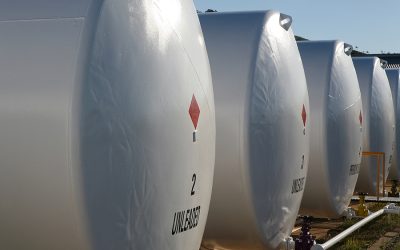Income tax returns are often prepared using financial statements as a starting point and making some adjustments to reflect the differences between accounting profits and taxable income.
In C:SARS v Volkswagen SA (Pty) Ltd the SCA considered whether a taxpayer could take into account the value of its closing trading stock, as determined in accordance with IAS 2 Inventories (‘IAS 2’) for accounting purposes, when calculating its taxable income.
Facts
Volkswagen SA (Pty) Ltd (‘VWSA’), the taxpayer in this case, held a number of unsold vehicles as stock at the end of its year of assessment. In its income tax returns, it used the net realisable value (NRV), as determined in accordance with IAS 2, as the value of its closing stock for tax purposes.
Dispute
SARS rejected the contention that the NRV of the stock represented the diminished value of the stock as contemplated in section 22(1) of the Income Tax Act. This provision states that trading stock held and not disposed of by a taxpayer at the end of a year of assessment must be taken into account at the following value:
“the cost price to such person of such trading stock, less such amount as the Commissioner may think just and reasonable as representing the amount by which the value of such trading stock, not being any financial instrument, has been diminished by reason of damage, deterioration, change of fashion, decrease in the market value or for any other reason satisfactory to the Commissioner”
The issue to be decided by the SCA was whether the value of VWSA’s trading stock had diminished to its NRV in the manner contemplated above, in which case SARS would be required to adjust the value of the closing stock downwards.
Analysis and judgment
The Tax Court concluded that using NRV as a basis for applying section 22(1)(a) was a method that rendered a sensible, business-like result that accords with the purpose of section 22.
Wallis JA, in the SCA, analysed the matter at hand as follows:
- The language in section 22 is couched in the past tense, which means that the event that caused the diminution in the value of the stock should already have occurred prior to year-end.
- The cost of the trading stock, and not the actual or anticipated market value on sale, is the benchmark against which it should be determined whether the value has diminished. If the value of stock diminishes but not below cost, no adjustment would be justified in the context of section 22.
- NRV reflects an entity-specific value, as opposed to a fair value or market value. In addition, NRV is determined after deducting the cost to sell the item, in order to reflect the net inflow expected from the asset for accounting purposes.
The SCA held that NRV does not necessarily represent the diminished value of stock as contemplated in section 22(1). NRV is inherently forward-looking. In particular, if a taxpayer were to be allowed to use NRV to value trading stock it would essentially accelerate the tax deduction for selling costs prior to having incurred such expenses.
Concluding thoughts
Although conceptually similar in many regards, there are a number of differences if one compare the finer detail of NRV in terms of IFRS and the valuation of trading stock for income tax purposes. The VWSA judgment illustrates that it is necessary to look past the conceptual similarities and at these details when determining whether to adjust accounting profit to reflect taxable income.








